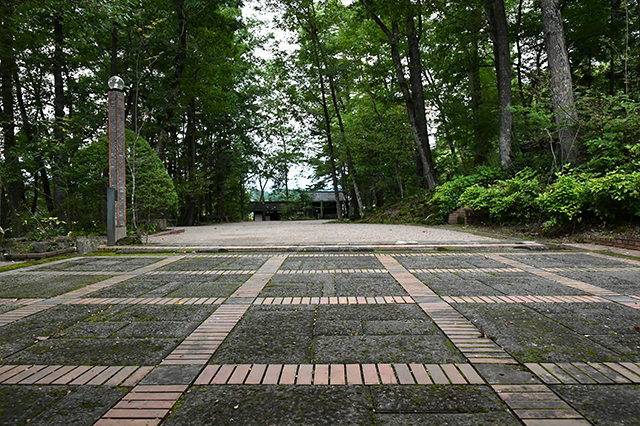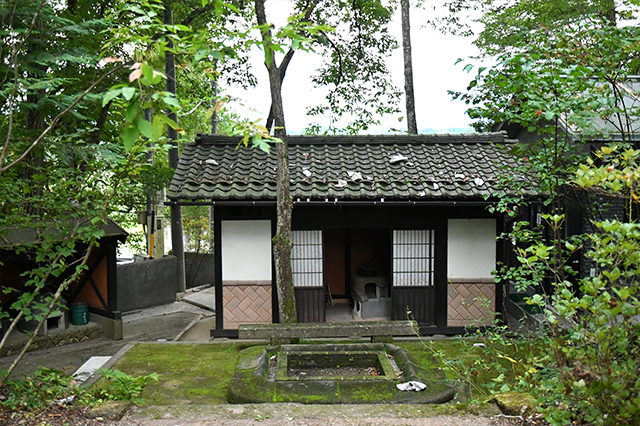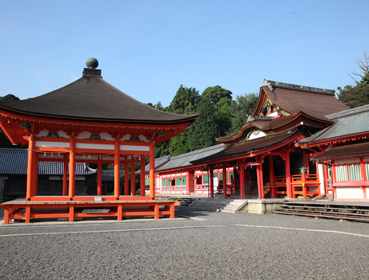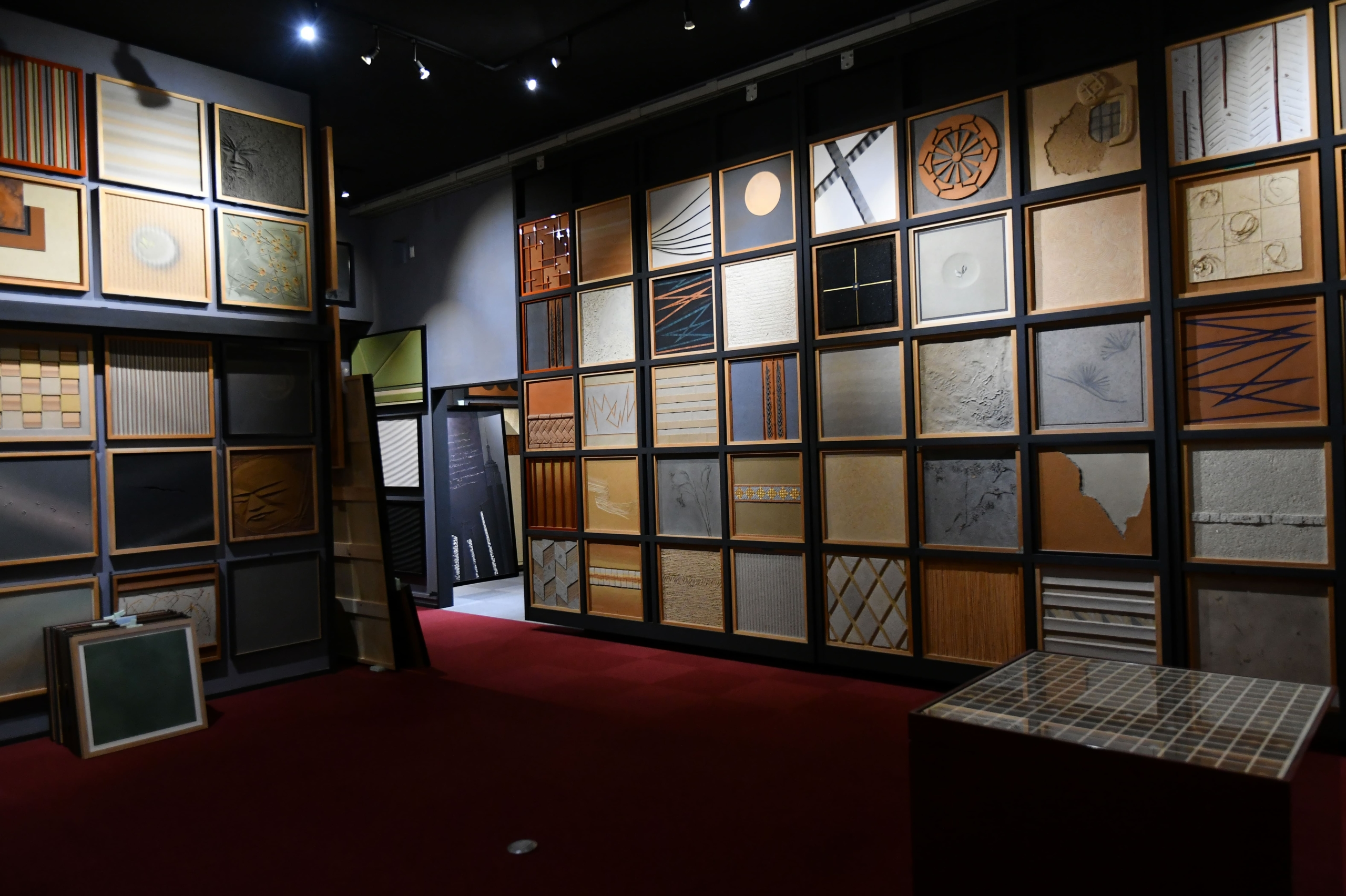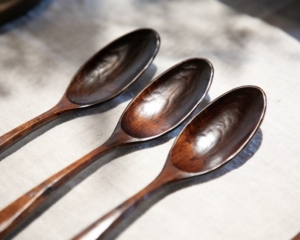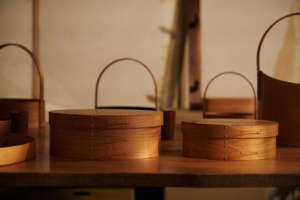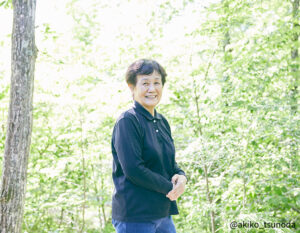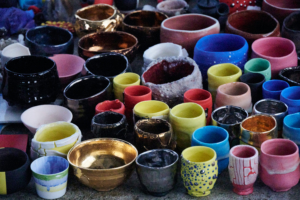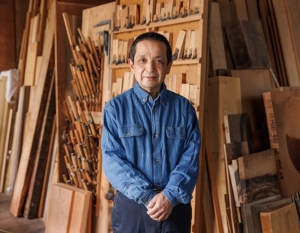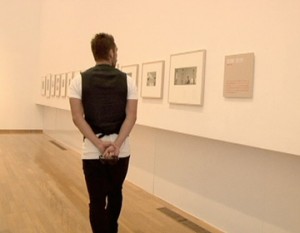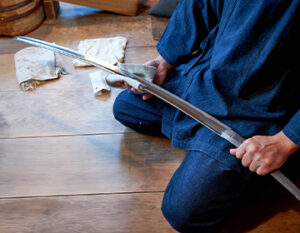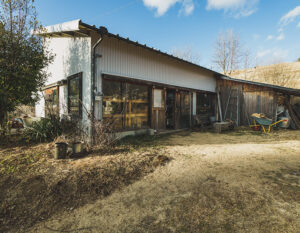What is a plasterer at Shuheigumi?
Plasterers use trowels to build walls, floors, and other parts of buildings. While the skills and craftsmen who have supported Japan’s traditional architectural culture are disappearing in the name of modernization and rationalization, one company that stands out from the crowd is Shuhei Gumi, a plasterer based in Takayama City, Gifu Prefecture.
The company has been involved in a variety of creative projects, including the reception wall of the Peninsula Tokyo, the wall inside the NEWS23 studio, the clay round table in the Zero Emission House at the G8 Hokkaido Toyako Summit, and the title character in the NHK historical drama “Sanadamaru,” demonstrating the originality of their skills and imagination. At the center of his work is plaster craftsman Shuhei Hazado, a “sommelier of soil. Also known as a “sommelier of clay,” he creates walls with colors and textures that no one has ever seen before. Some of his works look like folding screens made of Japanese paper, others have a three-dimensional appearance as if they were made of hand-pulled cloth, and still others have an indescribable sheen as if they were finished with lacquer. All of them are made of clay. They are truly works of art that break through everyone’s concept of plastering. He knows more about clay than anyone else, and his skill and discernment in sublimating any impossible task into art can be said to be in the realm of the supreme.
His style is to “dare not study. This may sound impudent, but it is not. In his pursuit of the completely original, he dares to block out information that could serve as a reference. He rarely visits museums or reads books for hints on how to create his works. He simply looks at the natural landscape and takes its resolution to the extreme. For example, how do trees stand, how do their branches split, and how do their leaves grow? The artist’s eyes are made to see the works of nature that are beyond the control of human knowledge. Just as Antonio Gaudi took inspiration from nature to create architecture that had never existed before, Mr. Sando creates his designs from the workings of nature in Hida Takayama.
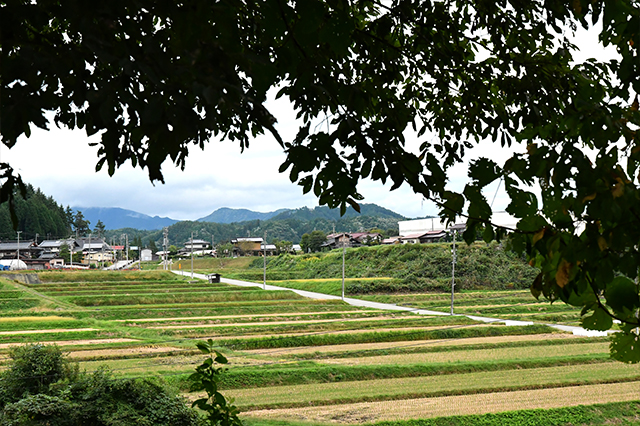
I want to leave my admiration for plastering to future generations.
In an age when many people are trying to find something by following the timelines of social networking services, Mr. Sando uses seemingly prehistoric methods to complete a series of works that are new and universally beautiful, leaving a strong afterimage in the eyes of many people. He is also questioning the essence of originality to the public. Mr. Sando, who will soon reach the age of 60, says, “I don’t have much time left. He is now working to complete the “Western Room of Hospitality” with overwhelming precision, completing work that arrives not only from Japan but from around the world. He took over a guest house built in 1916, moved it to his mountain 20 years ago, and has been making little by little modifications to it. The long process of completion, Nakata says, is similar to the Sagrada Familia in Barcelona. Traditional skills are being devalued, and reliable veteran craftsmen are aging, and it is not clear whether the next generation will grow up. Believing that he could change the situation in Japan and gain recognition if he built something truly beautiful, he is finally on the verge of completion. He told us that he wants to make it a place where people who feel the value will spend special moments.
What we have continued to do in the past and will not change in the future is not to do thin plastering. Thickness makes a difference in skill, and the air and presence of a space can be completely different. Mr. Sando says that he wants to leave behind for future generations his admiration for plastering by creating something overwhelming with just clay and a trowel. Compared to the soil that has passed through tens of thousands of years, the history of human-made architecture may be but a tiny, invisible dot. However, the dots left behind by Mr. Sando are more intense than anything else, and radiate a luster that cannot be compared to any other color.
